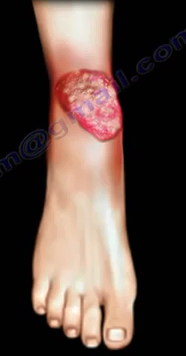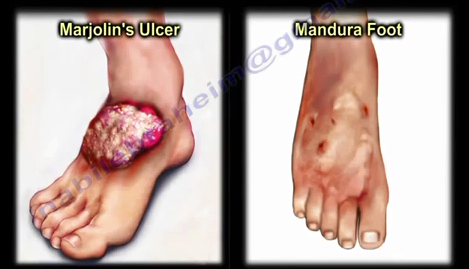Tension Pneumothorax is a life threatening condition in which air leaks outside of the lung and the air is trapped between the pleura and the lung.

Air leaks outside of the lung into the pleural cavity. The air is trapped between the pleura and the lung. The air in the pleural space cannot exit! This prevents expansion of the lung and oxygenation. This condition leads to hypoxia and cardiopulmonary collapse. The patient will have acute unilateral chest pain, dysnia, respiratory distress, tachypnea and tachycardia. The patient will also have unilateral decreased or absent breath sounds. As air pushes against the lung, it deviates the trachea to the other side.

Treatment
Treatment will include needle decompression. Insert the needle at the 2nd intercostal space, mid clavicular line, followed by the insertion of a chest tube.




